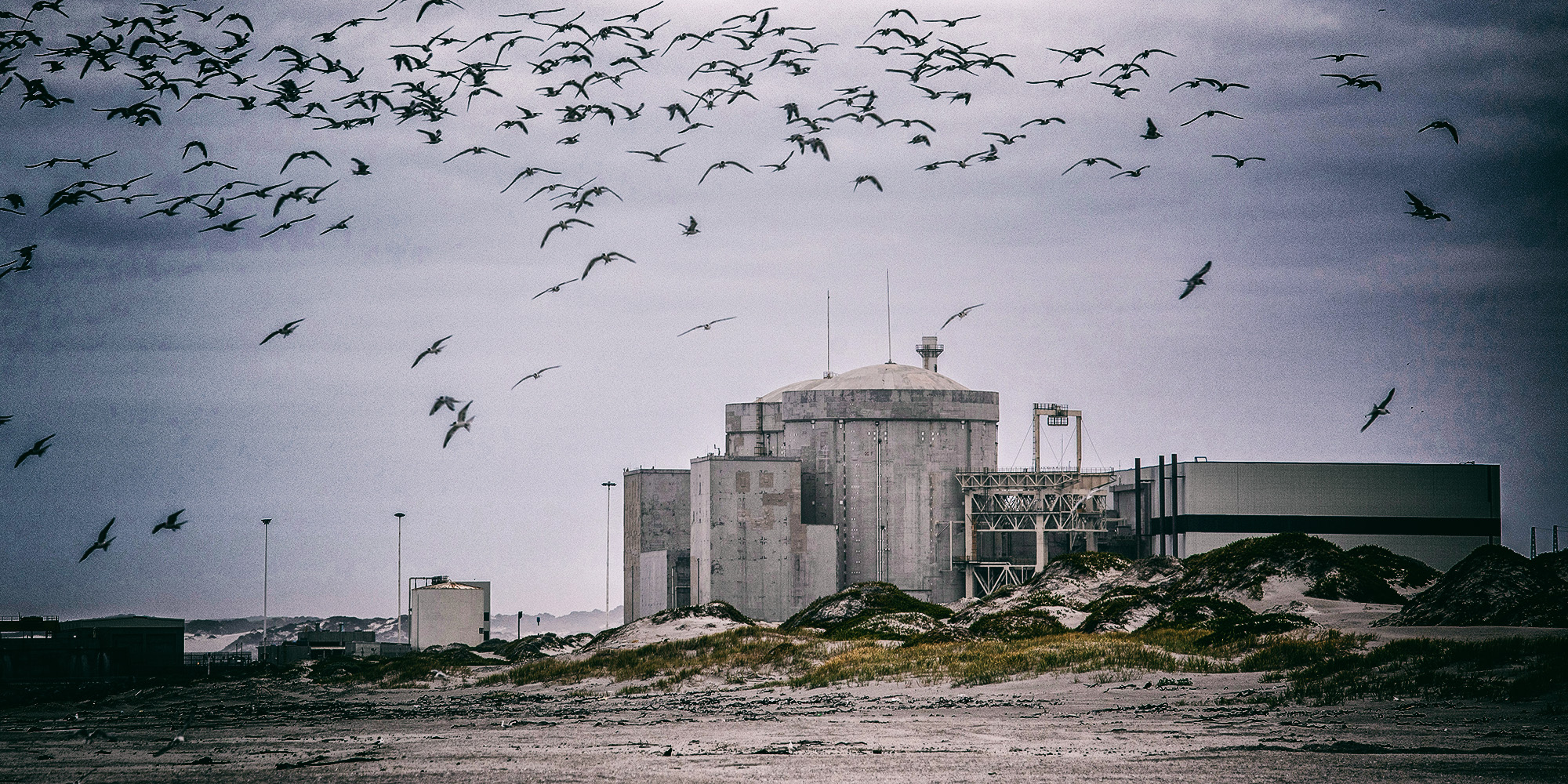On Monday, 16 July, National Nuclear Regulator (NNR) CEO Ditebogo Kgomo confirmed that Unit 1 at the Koeberg Power Station had received regulatory approval for its 20-year life extension. The decision for Unit 2 has been deferred and will be made before its licence expires on 9 November 2025.
In a media briefing on the “regulatory decision for the Koeberg Long Term Operation licence application”, Kgomo said that, “as provided for by Section 21.5 of the NNR Act, the NNR board of directors approved the granting of the application for the Koeberg Nuclear power station Unit 1 to operate for 20 years until the 21st of July 2044”.
Unit 1 provides 930MW of power to the grid, carbon emission-free.
Regarding Unit 2, Kgomo said that, “given that the evaluation process for the 20-year extension is still in progress and that the current Unit 2 licence is valid until the 9th of November 2025, the NNR board of directors deferred the decision to be made before November 2025”.
She explained that though the regulator had a specific mandate regarding South Africa’s only nuclear power installation, it did not operate Koeberg.
“Eskom does [operate Koeberg] and has the primary responsibility for operating the station safely and in compliance with the licence granted by the NNR. Since a nuclear power plant’s design and operations are not static, certain changes are necessary over the course of the plant’s operating life. Eskom is required to comply with NNR’s requirements to justify and implement changes in the design basis and the licensing basis for Koeberg.”
Kgomo also sought to allay some of the concerns expressed by various parties, including the Koeberg Alert Alliance (KAA) which, in a statement during the briefing, said “the NNR has in general simply ignored requests made under the Promotion of Access to Information Act, such as for the report of the most recent Koeberg emergency drill they conducted in November 2022”.
“It is public knowledge,” the KAA continued, “that there were several ‘non-compliances’ found by the NNR, but the regulator has refused to release a list of these, and also ignored questions about to what degree those non-compliances have been addressed.
“One issue was the unavailability of radiation decontamination equipment, and an inside source at the City of Cape Town Disaster Management Centre has informed us that the City does not possess such equipment, and so have not been able to practise using it during the Koeberg emergency drills.”
Earthlife Africa director Makoma Lekalakala has said that “nuclear energy is not only a financial burden but also a threat to our health, safety and environment. Nuclear energy generates radioactive waste that remains hazardous for thousands of years, and one of the most serious concerns is that the world has yet to find a permanent solution for the disposal of this toxic, cancer-causing waste. This means we are leaving future generations to grapple with its deadly legacy. This waste can leak into our soil and water, posing a perpetual threat to our health and the environment.
“The catastrophic consequences of such contamination are not just theoretical, they are a lived reality in places where nuclear energy has been employed recklessly.”
The NRR CEO said at the briefing that “with regards to the representations received during public consultations, we found that the substantive concerns raised on health, safety and the environment were adequately addressed by the licence conditions and/or the safety case”.
Another safety-related issue that has received attention in recent days is Koeberg’s lack of a “core-catcher” – which other countries require as a part of their life-extension licensing. A core catcher is a thermally resistant concrete, ceramic device which would, in theory, prevent the molten fuel from leaving the containment structure in the unlikely event of a core melt.
Kgomo explained that a core catcher is “a design measure that is implemented. At this point, it is on some generation-three nuclear power plants for accident conditions beyond design-based conditions, and those are the kind of conditions that involve an accident with a core melting. So, a core catcher is one of the measures that could be implemented to enable cooling of the melted core. Now, what is important is that measures are implemented to reduce the risk of such an accident, to begin with, and to protect the third barrier, being the containment building.”
Read more:
Civil society and Eskom at odds over proposal to extend Koeberg’s life by 20 years
Nuclear regulator’s worrying findings cast severe doubts on Koeberg emergency preparedness
She added: “Eskom makes representations to the NNR and submits to the NNR their strategies of how they are minimising the risk of a core melt accident to begin with. So the NNR will review Eskom submissions about how and which measures they are implementing to reduce the risk of an accident that would lead to a core melt.”
Cracks in containment were another concern put to Eskom and the regulator during this process.
Also seeking to allay concerns, Peter Bester, the programme manager for nuclear power plants at the NNR, said, “on Unit 1 we completed our review of the structures and components important to safety, and with respect to containment we have included our assessment on the condition of the containment and the time-limiting ageing analysis that had been performed to demonstrate whether the component or the containment is set for purpose for another 20 years. We’ve concluded on that aspect positively.”
Keith Featherstone, Eskom’s chief nuclear officer, said in a statement that the granting of the licence is “a testament to the hard work and continued commitment of our teams to nuclear safety and Eskom’s generation recovery plan”.
“Over the years, Koeberg has identified and implemented safety improvements through both French and US nuclear experiences, which have reduced the risk to levels that would normally only be achieved by new, modern nuclear power plants”. DM
https://www.youtube.com/watch?v=REeWvTRUpMk
Our Burning Planet
Koeberg Unit 1 can operate until 2044 despite concerns, says nuclear regulator





